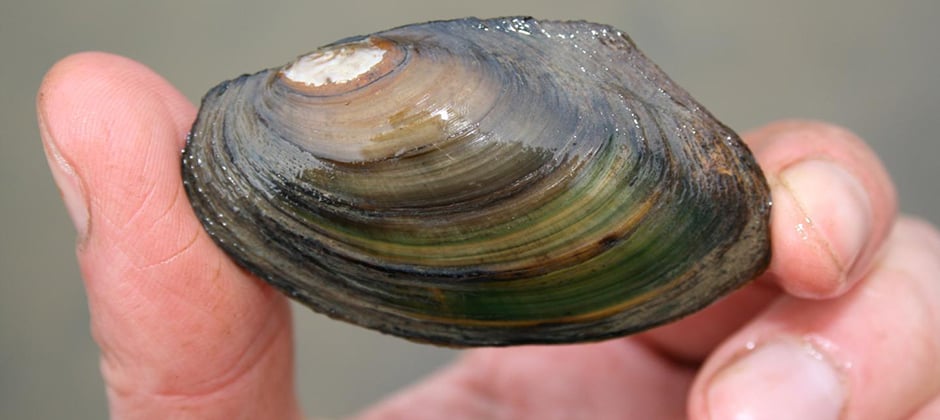Share this article
When we move wildlife, are we spreading pathogens?
When Joshua Brian was studying parasites in freshwater mussels for his PhD, he realized that even at sites right next to one another, mussels had different parasite communities.
He and his team wanted to do some experiments moving around mussels to new populations, but they quickly realized that wasn’t a good idea. They didn’t want to introduce new parasites to new areas.
“That got us thinking more broadly about the movement of mussels and movement of diseases more generally,” he said.
With this in mind, Brian, a PhD student at the University of Cambridge, led research published in Conservation Letters theorizing how diseases might spread while conservationists translocate species.
The team used data from their own mussel research as well as information on previous translocations of freshwater mussels, looking at how far the mussels were moved, what sorts of mussels were moved, how common translocations were and the risks involved. They also used data on common parasites and diseases from a literature review. “Mussels are very endangered and are a massive conservation priority,” he said. “They’re moved around all the time.”
The team found that a gonad-eating parasitic worm that can leave mussels sterile, called Rhipidocotyle campunala, was common in freshwater mussels. It had been identified as a risk for captive breeding programs, where individuals from different populations are brought together.
They determined that mixing different populations of mussels can allow this worm to spread and eventually lead to the collapse of a whole population. If the population doesn’t immediately collapse, it can cause eventual decline when other factors like lack of food or high temperatures are present. Those circumstances can lead to stress that makes mussels more vulnerable.
The same problems can occur in other species’ captive breeding programs and translocations, Brian said.
In the paper, he and his colleagues provide some recommendations to avoid spreading diseases between populations.
First, he suggested being aware of parasites or diseases that may be present in a given species. “You can’t fight against something if you don’t know it’s there,” Brian said.
While a quarantine period before translocation can be helpful, he said, when it comes to diseases like the mussel parasite, the organism can live happily inside a mussel’s gonads for years. “Quarantining is well and good, but we need good diagnostic procedures, instead of sticking them in a box for two weeks to make sure they haven’t died yet,” he said.
Brian said he thinks this has broad applicability to any sort of translocation. When a pack of endangered wolves (Canis lupus) was introduced to Yellowstone National Park, the released wolves were naïve to parasites that existed in the local population, he said. Many of the wolves died from diseases they had never encountered before that they didn’t have immunity to.
The theory also applies to stocking rivers with fish for anglers or even using exotic plants in home gardens, Brian said.
The next question is understanding how different parasites in different communities interact with one another. “There’s an understanding that an individual is not just an individual, but a community of living things,” he said, “and things within a community can interact.”
Header Image: At-risk freshwater mussel species like this one are vulnerable to a gonad-eating parasite if they’re relocated to new areas. Credit: David Aldridge








